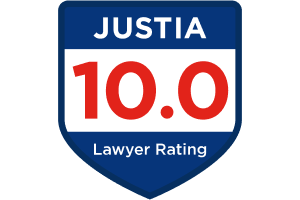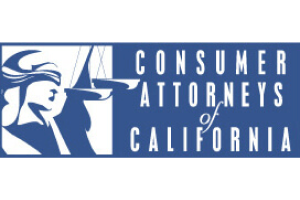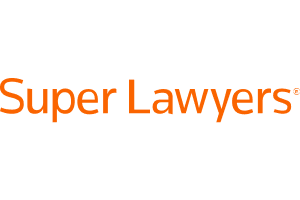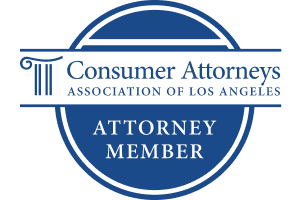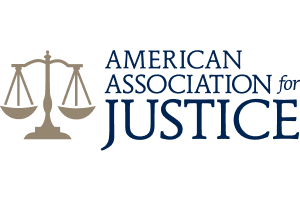ZBA matters (Variances, Appeals, Requests for Interpretation)
Detail-Oriented Real Estate Attorneys Assisting Michigan Clients with Zoning Issues
Most every municipality in the State of Michigan has a zoning ordinance (there are default rules in the absence of an ordinance). A zoning ordinance dictates the approved uses of land by zone or region. Zoning ordinances allow the government to control the manner in which the municipality is organized, as well as create a structure in which the community can grow. In the absence of a sound plan, development can become chaotic, decreasing property values and causing unnecessary inefficiencies in land use. Zoning ordinances place land in different categories, each category allowing certain uses. Unfortunately, zoning ordinances can be archaic, and often fail to evolve naturally with the neighborhoods and regions that they regulate. Michigan residents and property owners may find themselves forbidden from building or modifying a structure in a way that would best serve the surrounding areas as a result of outdated zoning ordinances. The skilled land use lawyers at Neumann Law Group may be able to help.
How to Apply for New Construction Permits and Variances
Each municipality has a zoning administrator (“ZA”) whose job is to enforce the zoning ordinance as it exists. The ZA is also in charge of issuing land use permits, which govern certain construction related activities, typically including the construction of significant structures, clearing of land, parking lot construction, or major renovations to existing structures. The ZA is charged with reviewing applications for land use permits, and based on certain evaluative criteria, may approve or deny the request.
The landowner now has the right to appeal the decision to the Zoning Board of Appeals (“ZBA”). The ZBA hears appeals for the issuance of permits, interprets zoning ordinance provisions, and reviews and approves variance requests. Although the ZBA hears appeals of the ZA’s decisions and interprets the ordinance, the largest portion of its work is reviewing variances.
A variance is a request for the zoning board to allow a deviation from the ordinance. There are two types of variances: use and non-use variances. A use variance is a request to use property in a manner inconsistent with the zoning ordinance. For instance, if a zoning district prohibits anything but single-family homes, a homeowner that wants to operate a photography studio out of his home would require a use variance.
A non-use variance is requests for deviation from the zoning ordinance, where strict compliance would be impractical. The most common type of non-use variance is a request for relief from a set-back requirement. For instance, if an ordinance requires that residential structures be no closer than 20 feet to the street, but a home is already constructed 10 feet too close, the owner could request a non-use variance.
Both types of variances have specific criteria upon which the decision to grant the variance is made. Many of those criteria are very subjective. For instance, one of the criteria for evaluating a request for a non-use variance is “[w]hether a grant of a variance would do substantial justice to the applicant as well as to other property owners in the district.” Given the wide latitude such a standard provides, having qualified counsel from Neumann Law Group by your side can significantly ease the process. Our Michigan property lawyers are extremely knowledgeable of the criteria that both zoning administrators and the Zoning Board of Appeals consider in issuing permits and variances. Additionally, we have existing relationships with both zoning administrators and the members of the Zoning Board of Appeals, which can help resolve those subjective determinations in your favor.
Finding a Lawyer for Your Zoning Issue
If you are planning to use your land in a manner that requires a use variance, or if you are using the land in a manner that violates a local zoning ordinance and are seeking a non-use permit, the dedicated real estate & property attorneys at Neumann Law Group are prepared to assist you. We are experienced in assisting clients with ZBA matters (variances, appeals, requests for interpretation), and with our help you’ll be confident that you will receive the desired approvals as quickly and inexpensively as possible. We also accept clients with other property-related legal issues, including eminent domain claims and landlord-tenant disputes. Contact our Traverse City, Grand Rapids, and Detroit zoning attorneys today by calling our Michigan offices at (800) 525-6386 to schedule a free consultation. We also have offices in Boston, New York, and Los Angeles, and proudly serve clients nationwide. Call us with any questions you may have, or to set up a no-obligation consultation today.


